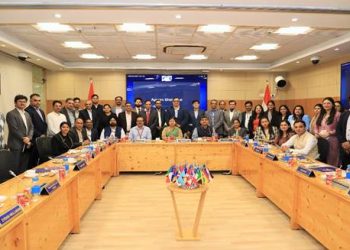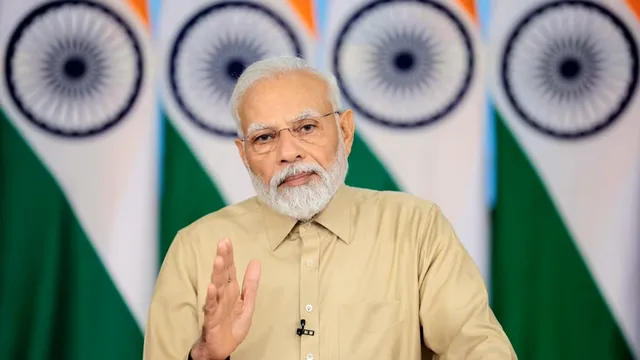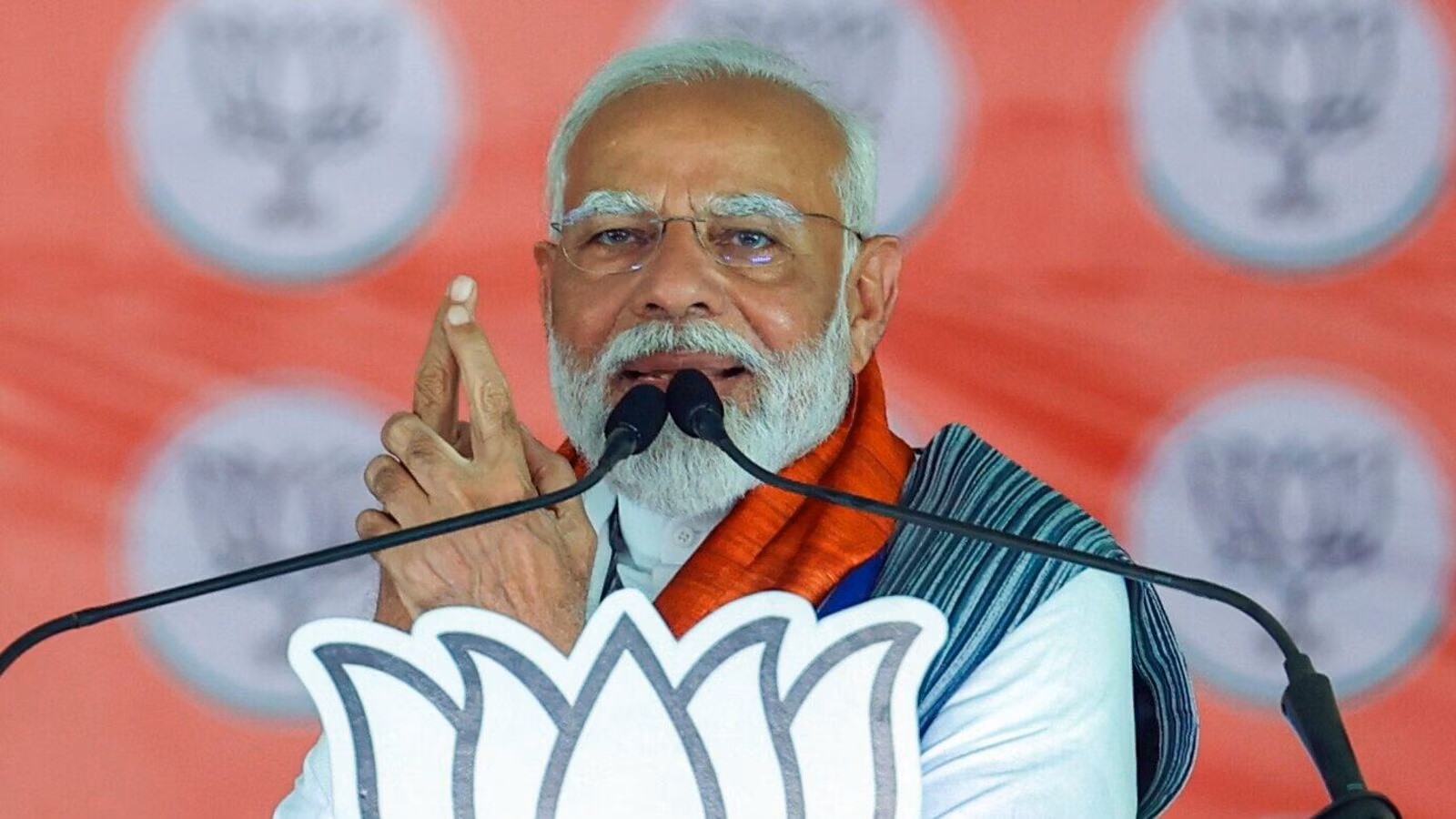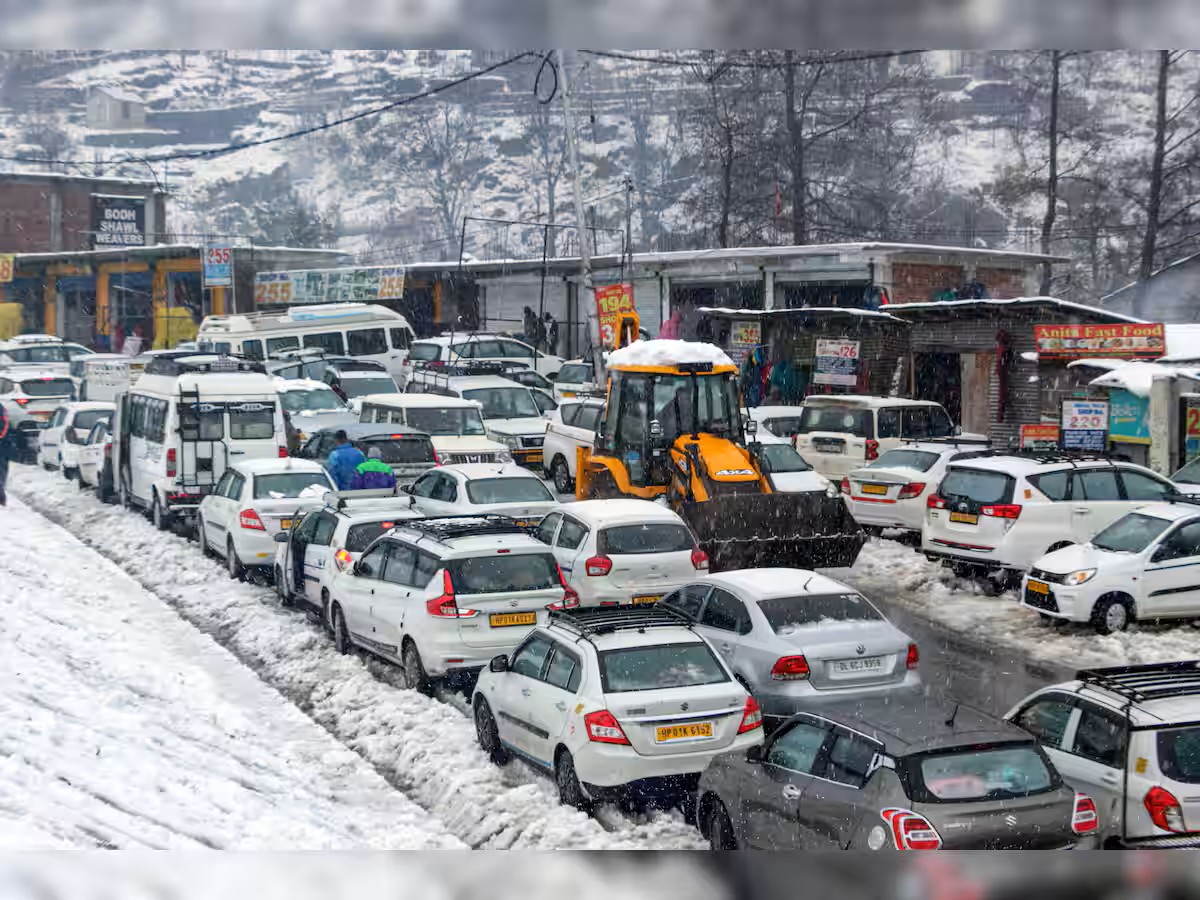Prime Minister Narendra Modi’s recent inauguration of green waterway projects in Varanasi marks a turning point for India’s maritime sector. These initiatives, encompassing eco-friendly vessels, community jetties, and innovative infrastructure solutions, not only propel the nation towards clean energy and responsible tourism but also empower local communities and bolster connectivity.
 The centrepiece of the launch lies in the two indigenously built hybrid electric catamarans, MV Guh and MV Nishadraj. Gliding across the Saryu and Ganga rivers, these vessels are testaments to India’s commitment to sustainable transportation. Their fast-charging batteries and sleek design translate to a remarkable 400 MT reduction in carbon emissions annually, setting a precedent for a greener future in water travel.
The centrepiece of the launch lies in the two indigenously built hybrid electric catamarans, MV Guh and MV Nishadraj. Gliding across the Saryu and Ganga rivers, these vessels are testaments to India’s commitment to sustainable transportation. Their fast-charging batteries and sleek design translate to a remarkable 400 MT reduction in carbon emissions annually, setting a precedent for a greener future in water travel.
Beyond environmental benefits, the project extends its reach to empower riverside communities. The inauguration of four jetties in Varanasi and the laying of the foundation stone for 13 more along key National Waterways signify a commitment to bridging the gap between these communities and economic opportunities. These jetties will act as vital lifelines, facilitating easier access to markets, boosting trade and employment, and fostering tourism in the region. Imagine farmers transporting their produce with greater ease, local businesses thriving with improved connectivity and religious pilgrims embarking on their journeys with enhanced convenience – these are just glimpses of the positive impact these initiatives will have.
The Quick Pontoon Opening Mechanism System (QPOMS) stands as a testament to India’s focus on innovation and efficiency. By significantly reducing the time required to dismantle and reassemble pontoon bridges, the QPOM minimizes disruptions to both vessel and vehicular traffic. This translates to faster logistics, lower costs, and a smoother flow of goods and people – a boon for the entire ecosystem.
These green waterway initiatives in Varanasi are not isolated endeavours but rather stepping stones on a path towards a more sustainable and prosperous maritime sector. They align seamlessly with the ambitious Maritime India Vision (MIV) 2030, which aims to increase Inland Water Transport’s share to 5%. Furthermore, they echo the aspirations of the Maritime Amrit Kaal Vision 2047, outlining a roadmap for comprehensive maritime sector growth. By embracing clean technologies, fostering responsible tourism, and enhancing connectivity, India charts a course for a future where its waterways become catalysts for progress, prosperity, and environmental well-being.



